Smartphone addiction has grown to be a global problem, and more and more people everyday are willing to reduce the impact phones have on them. However, it often turns out to be harder than expected, as we are overwhelmed by fear of missing out once we have to separate from our beloved gadgets. Product designers come to rescue developing ingenuous ways of taking a break from constant exposure to content.


Amy by Enrico Rapella
Enrico Rapella, a graduate of the Design Academy Eindhoven, Netherlands, is concerned with phone dependency during meals. His Amy tableware confronts the habits of the users who are to putting their phone next to the cutleries, preferring messaging and mindless scrolling to keeping up a conversation at the table.
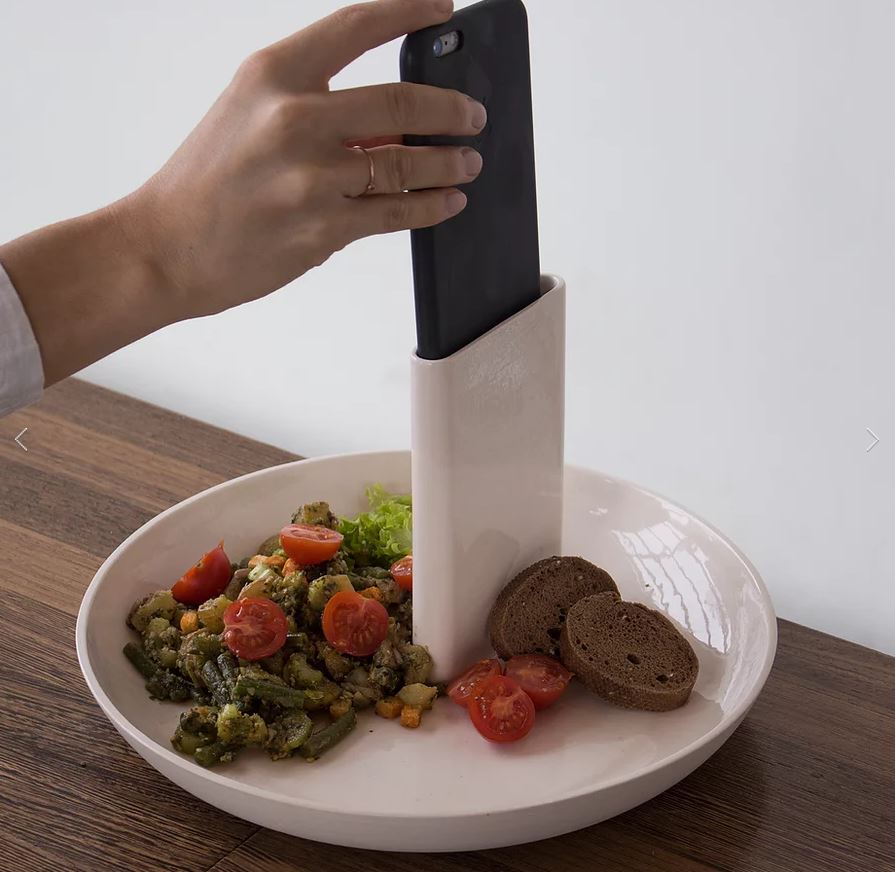
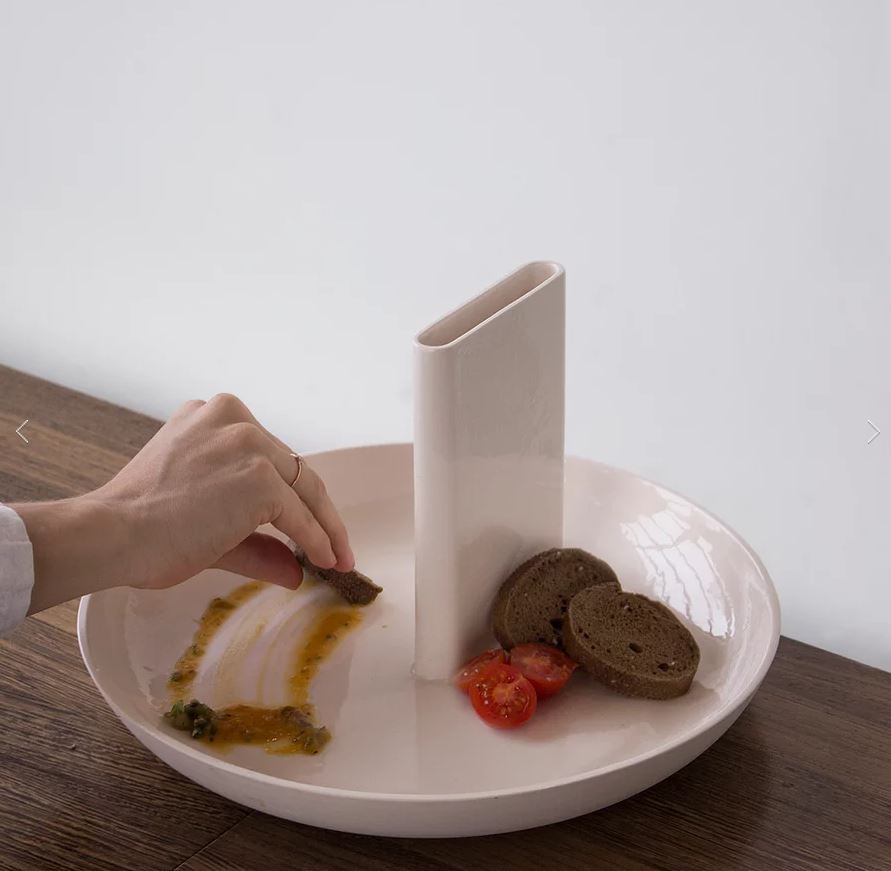
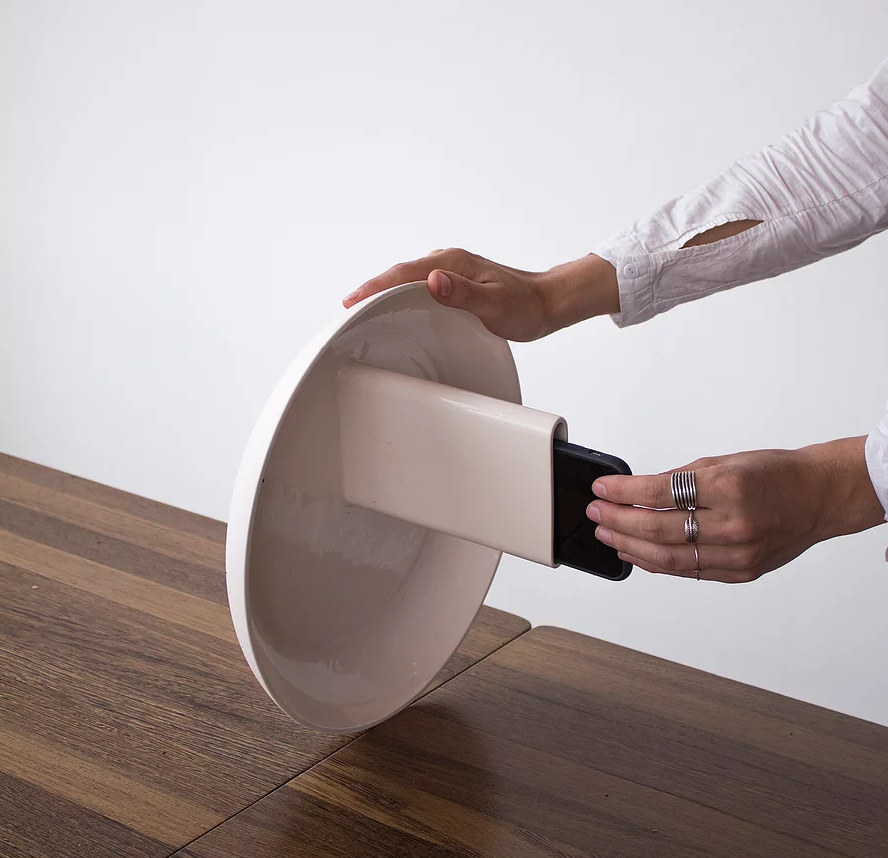
Amy by Enrico Rapella
To emphasise phone dependency and write a new etiquette on how to behave, Amy suggests placing the smartphone into a slightly taller case in the middle of the plate. The user can get the trapped device back by turning the plate upside down only after the meal is finished.
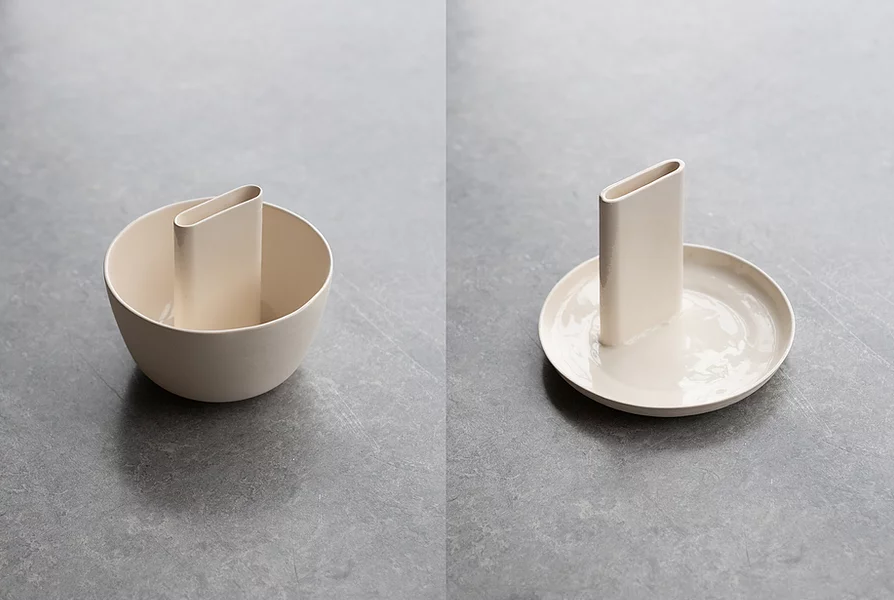
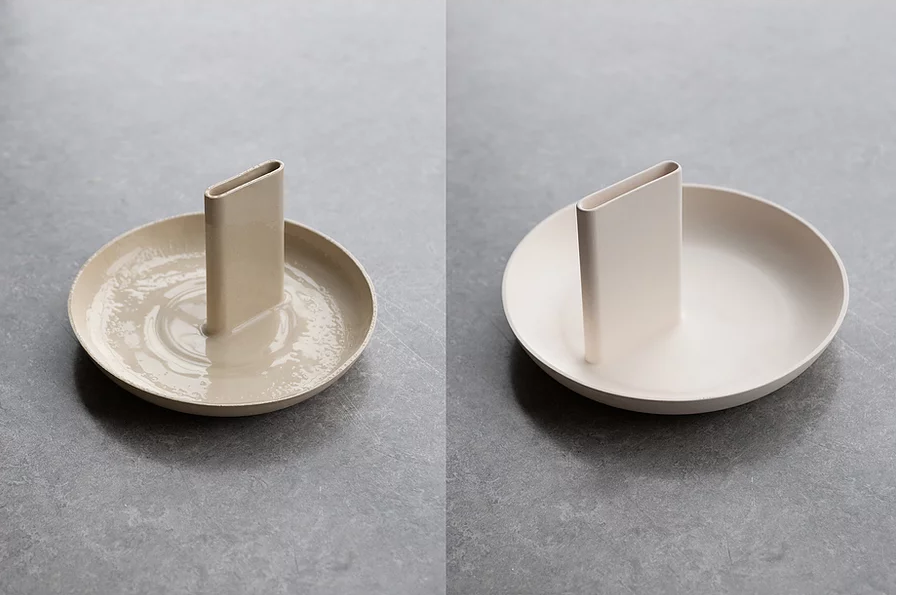
Amy by Enrico Rapella
The designer hopes that thanks to its performative and radical use, Amy will encourage people to strike a table conversation alleviating their phone addiction.
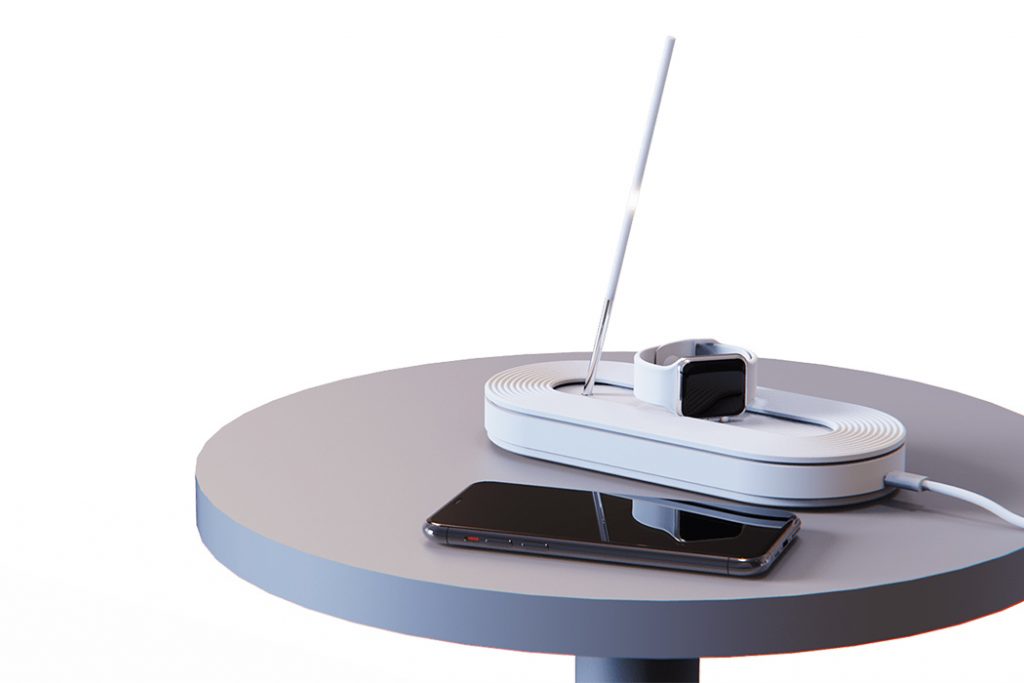
HYUU by Juwon Kim
Seoul-based designer Juwon Kim believes that practicing mindfulness could help those suffering from phone addiction and fear of missing out. Inspired by the minimalistic beauty of the Japanese Zen garden, he has created a wireless smartphone charger intended to help the user break the obsessive need to keep checking on our phones while charging.
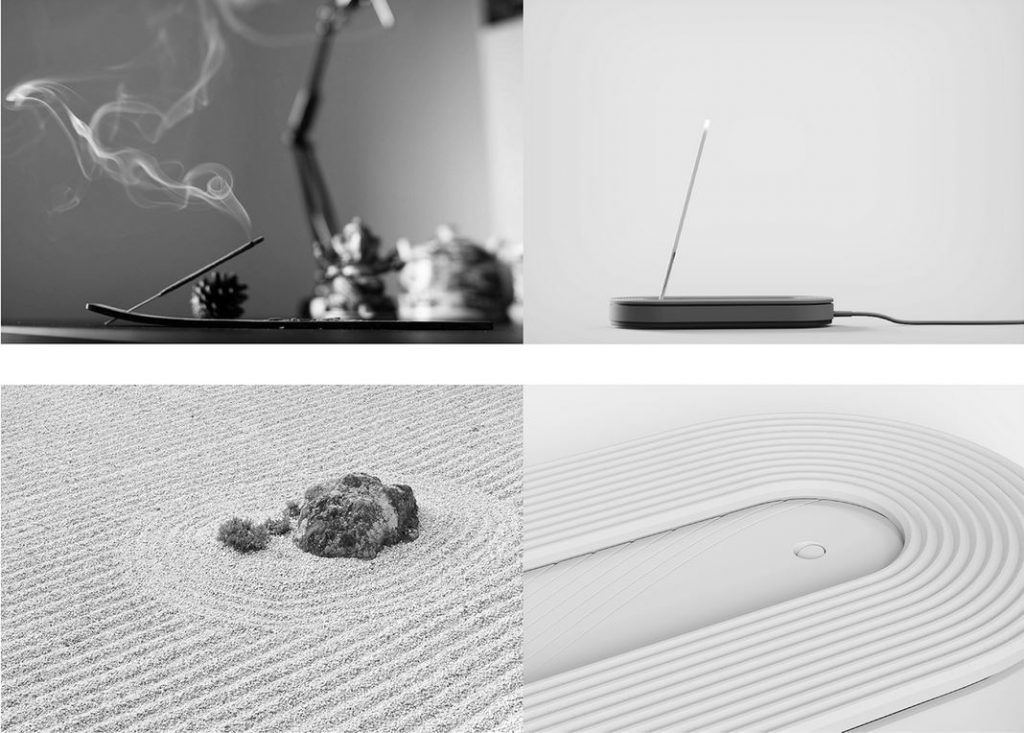
HYUU by Juwon Kim
Named HYUU, the device has a surface that replicates the patterns in the sand raked in the Zen gardens, and an incense-stick like indicator attached to its base. While the smartphone charges, the LED indicator lowers, signaling an end to the relaxation time while keeping in check the compulsive need to continuously keep checking the device. The charging level of the gadget can now be known without actually looking at the screen, which the designer hopes gives the user quality, uninterrupted me time.
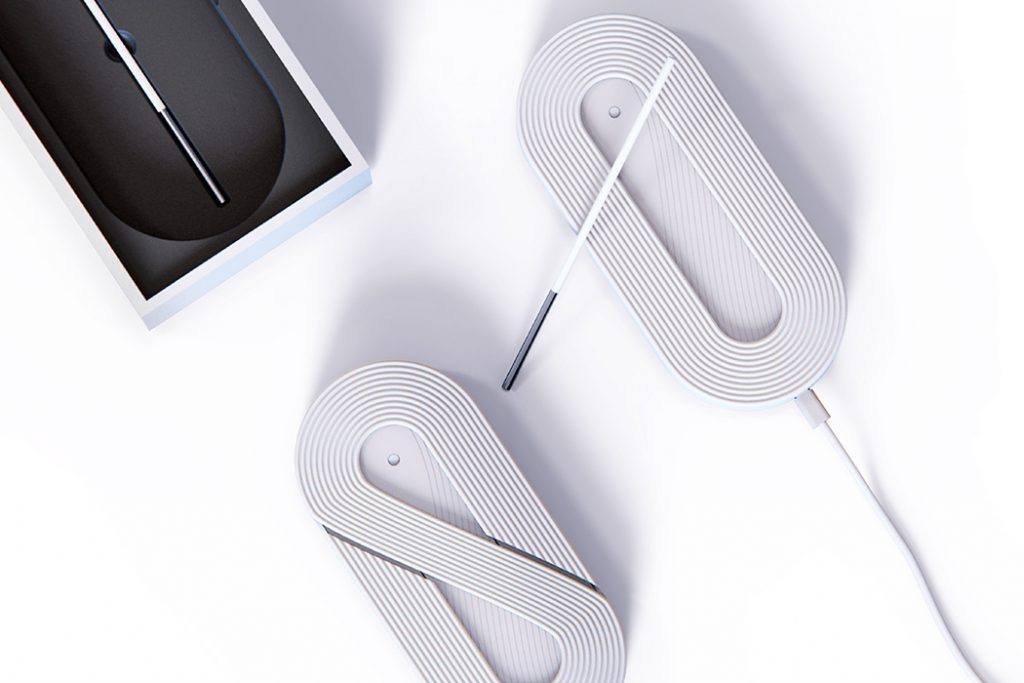
HYUU by Juwon Kim
The designer claims that though FOMO cannot be completely eliminated, Hyuu offers a possibility to control it, providing time to focus on yourself.
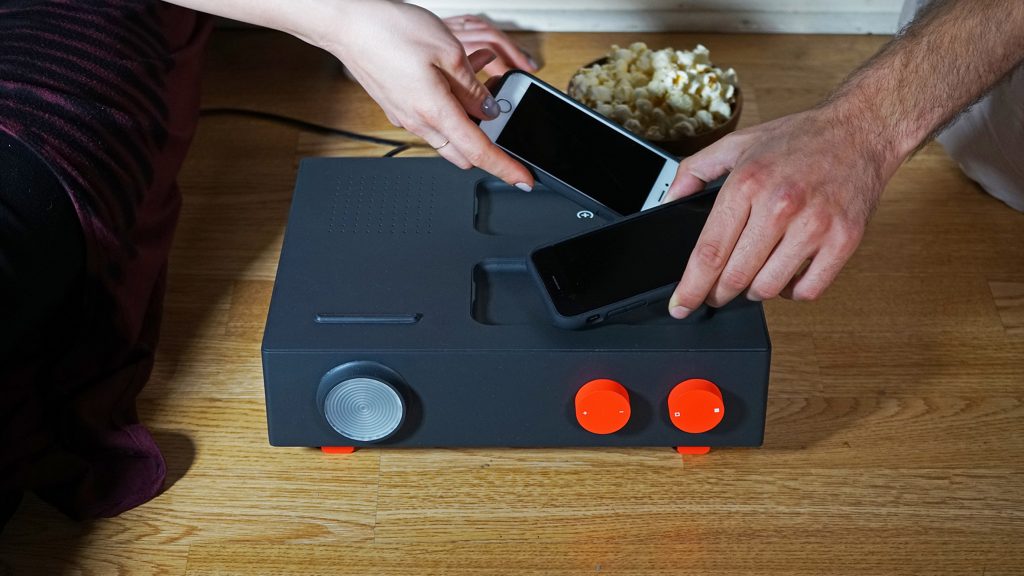
Sidekicks by Matteo Bandi (also header image)
To help people reduce the amount of phone usage and live in the moment, Royal College of Art graduate Matteo Bandi has invented Sidekicks, a series of objects of the domestic environment that only work when connected to a smartphone. The collection includes gadgets that act as interventions in moments when smartphones can be particularly distracting: a desk lamp for working, a speaker for leisure time, an alarm clock for the end of the day (when smartphone usage has been proven to disrupt sleep patterns) and a projector for watching a movie with someone.

Sidekicks by Matteo Bandi
Rather than creating a new device or establishing a new behaviour to keep the user away from the phone, Bandi has redesigned existing objects with a particular feature: none of them has on/off buttons; instead, they can only function if the user physically leaves their phone to them. As soon as the user tries to interact with the device, the objects turn off.

Sidekicks by Matteo Bandi
Each of the four devices is controlled with an app, which is activated when a smartphone is plugged in. At this moment, the user is shown the amount of their screen time – the information they can use to set themselves a target by selecting how much time they wish to spend without interacting with their gadget.
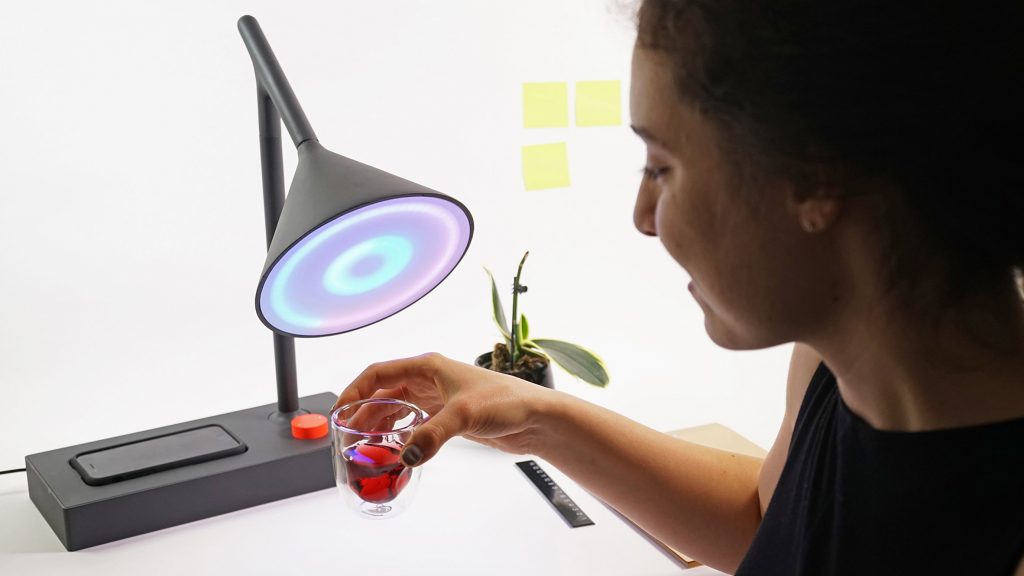
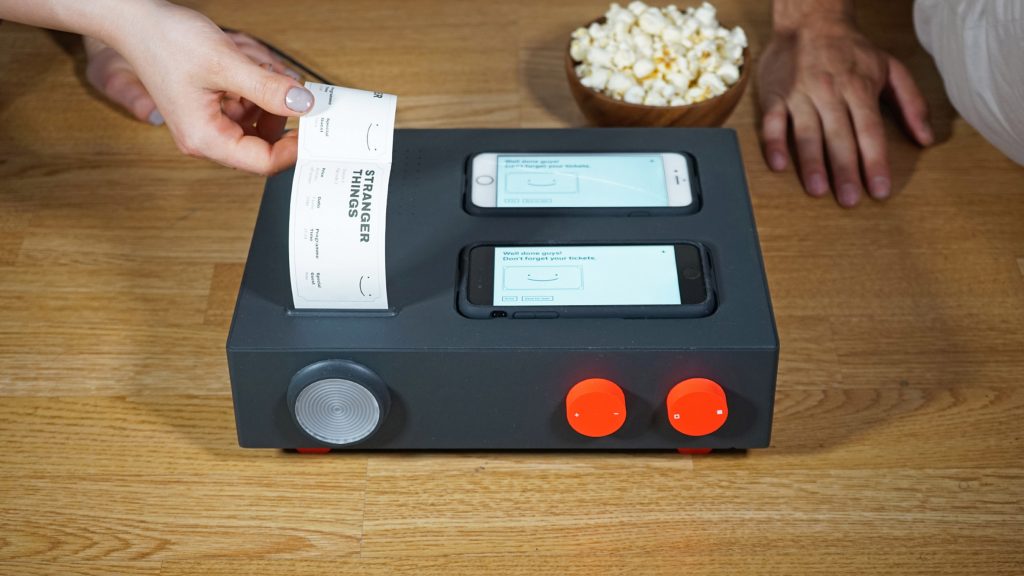
Sidekicks by Matteo Bandi
Once the target is reached, their self-control is rewarded with a special hidden function, so instead of punishing users for excessive phone usage, the devices celebrate the success. The desk lamp does it with a colourful light animation, and the alarm clock projects a laser-beam pattern on the ceiling to help set the ideal breathing rhythm for sleeping. The projector creates a customised print of you watching the movie, while the speaker unlocks a detachable section that allows it to be carried around the house.
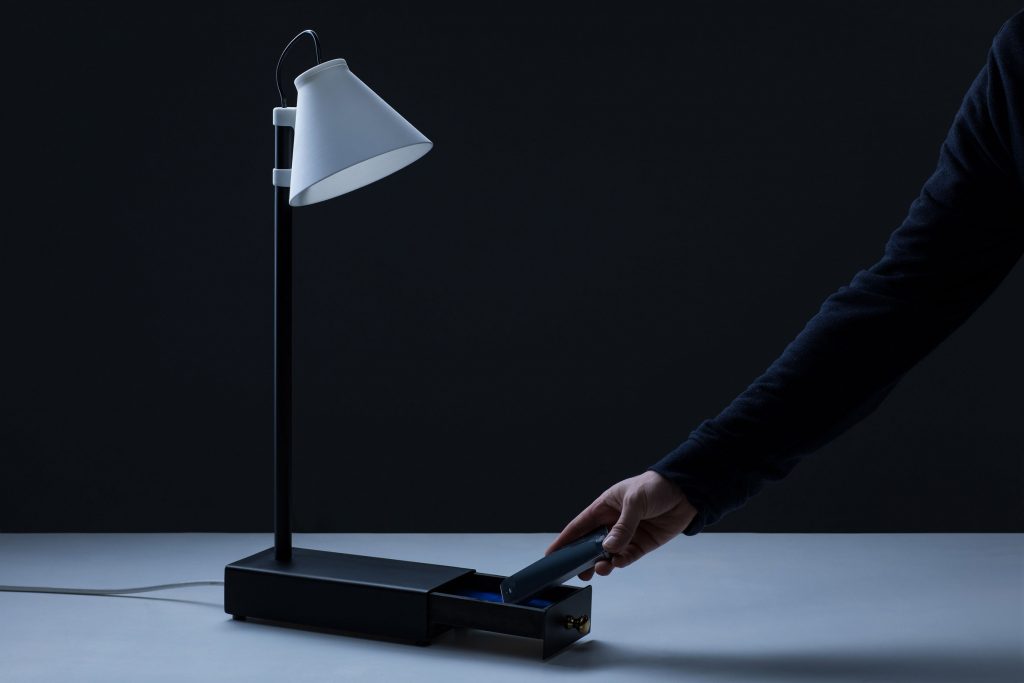
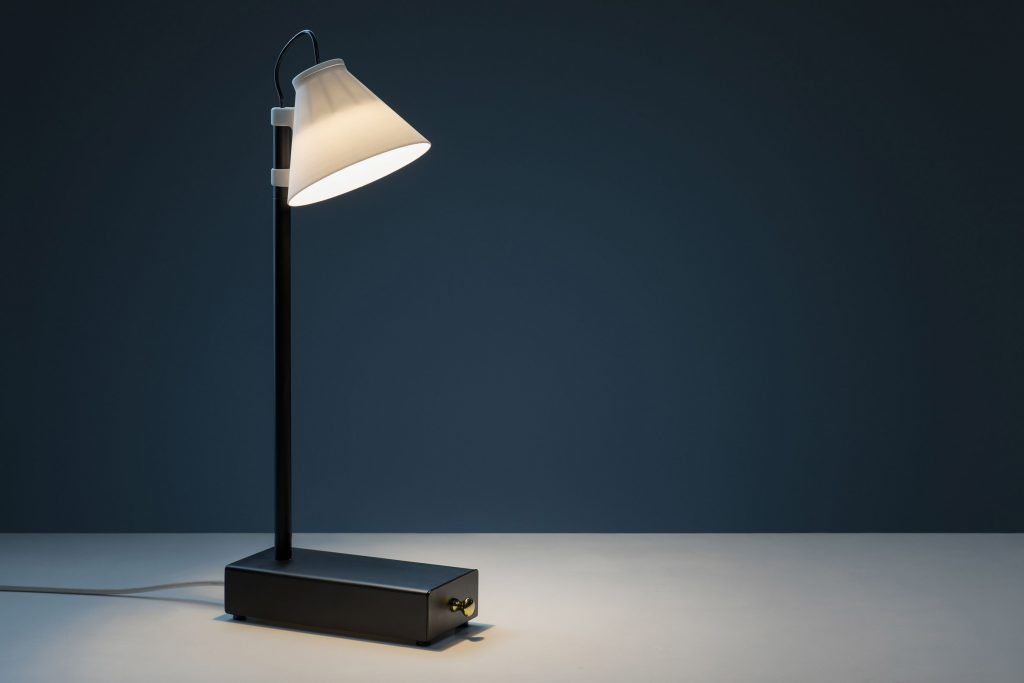
Offline Lamp by Klemens Schillinger
The Offline Lamp by Vienna-based designer Klemens Schillinger rewards the user with a soft warm glow in exchange for putting their phone away. The drawer integrated into its pedestal recognizes the weight of the object placed inside. Once it has been shut with the smartphone inside, the switch is triggered and the light turns on. The drawer is shaped to fit all standard phones.
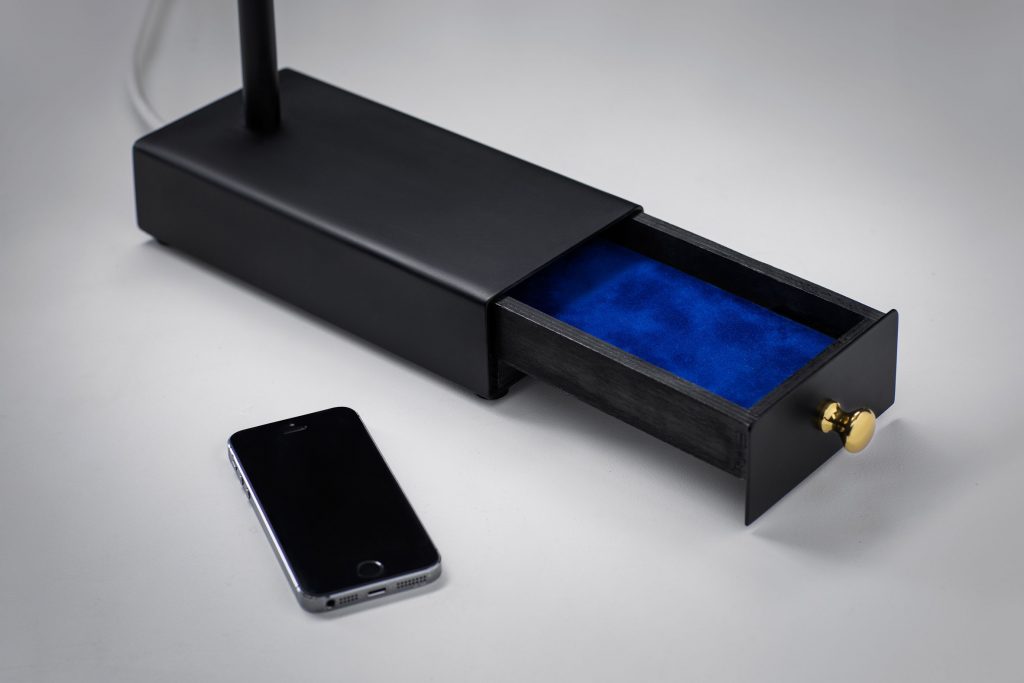
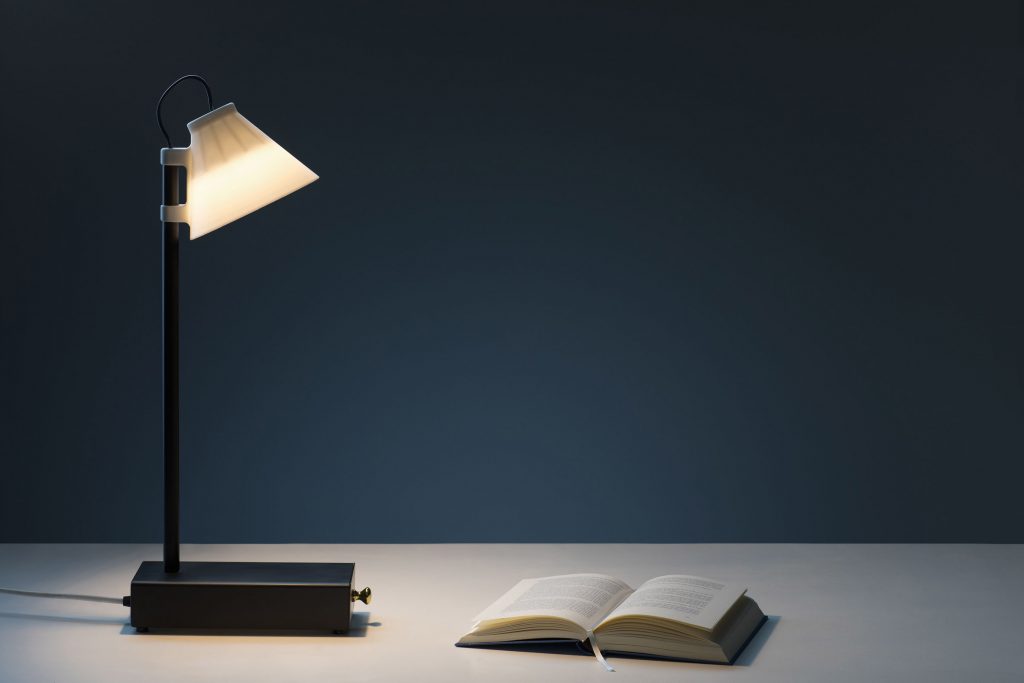
Offline Lamp by Klemens Schillinger
To give the base the appearance of a magical chest, the material palette includes a brass handle and a blue interior of the drawer. The pedestal itself is crafted from a 2mm thick sheet of steel that limits the device’s reception when placed inside the drawer.